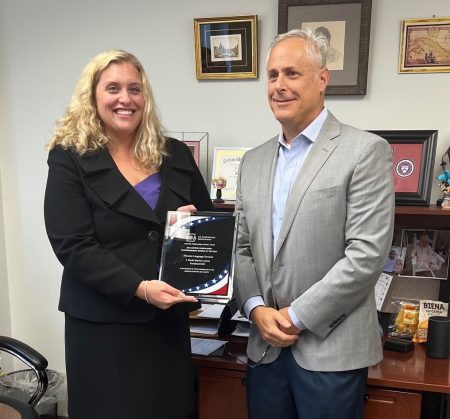Mortgage rates have gone above 7 percent for the first time this year, according to new data released Friday by Freddie Mac.
The average 30-year fixed-rate mortgage increased to 7.1 percent this week, up from 6.88 percent the previous week.
“As rates go higher, potential homebuyers are deciding whether to buy before rates rise even more or wait in hopes of decreases later in the year,” said Sam Khater, Freddie Mac’s chief economist, in a statement.
“Last week, purchase applications rose slightly, but it is uncertain how many homebuyers can handle increasing rates in the future,” Khater added.
Sales of existing homes dropped 4.3 percent last month to an annual rate of 4.19 million, while home prices rose 4.8 percent to $393,500, according to data also released Friday by the National Association of Realtors (NAR).
NAR’s chief economist, Lawrence Yun, blamed persistently high rates for relatively low home sales.
“Though rebounding from cyclical lows, home sales are stuck because interest rates have not made any major moves,” Yun said in a statement. “There are nearly six million more jobs now compared to pre-COVID highs, which suggests more aspiring home buyers exist in the market.”
Mortgage rates last sat above 7 percent in early December, after climbing to nearly 8 percent in late October. Rates ticked up throughout 2022 and 2023 alongside the Federal Reserve’s repeated interest rate hikes.
The central bank raised rates to their current two-decade high in an effort to control inflation, which had risen to a 40-year high by mid-2022. Inflation has since eased significantly, prompting the Fed to halt its rate hikes and raising hopes of potential rate cuts this year.
However, stubborn inflation and a persistently strong labor market have dampened expectations of rate cuts in the near term, with traders now largely not expecting any cuts until September.
Fed Chair Jerome Powell indicated a delay in rate cuts earlier this week, noting that it would likely take “longer than expected” for the central bank to gain confidence that inflation is headed in the right direction.
“More recent data show solid growth and continued strength in the labor market but also a lack of further progress so far this year on returning to our 2 percent inflation goal,” Powell said Tuesday.
“The recent data have clearly not given us greater confidence and instead indicate that it’s likely to take longer than expected to achieve that confidence,” he added.









